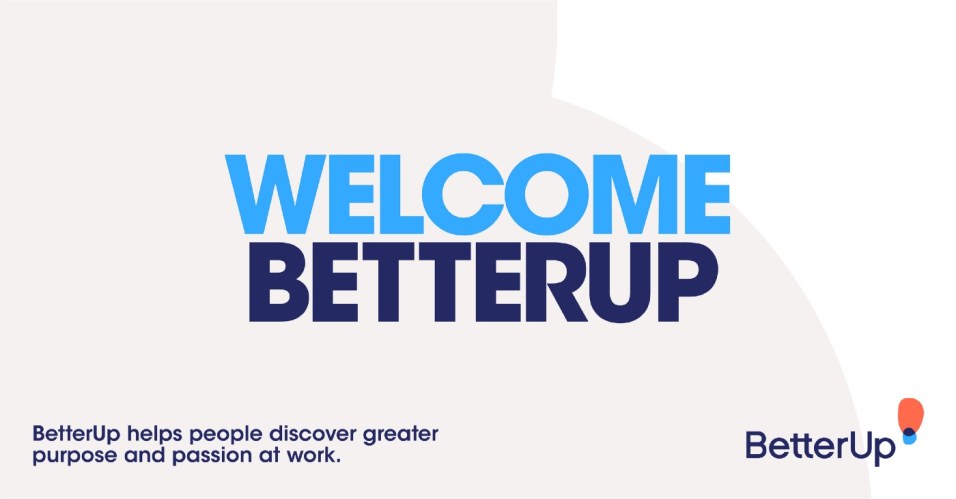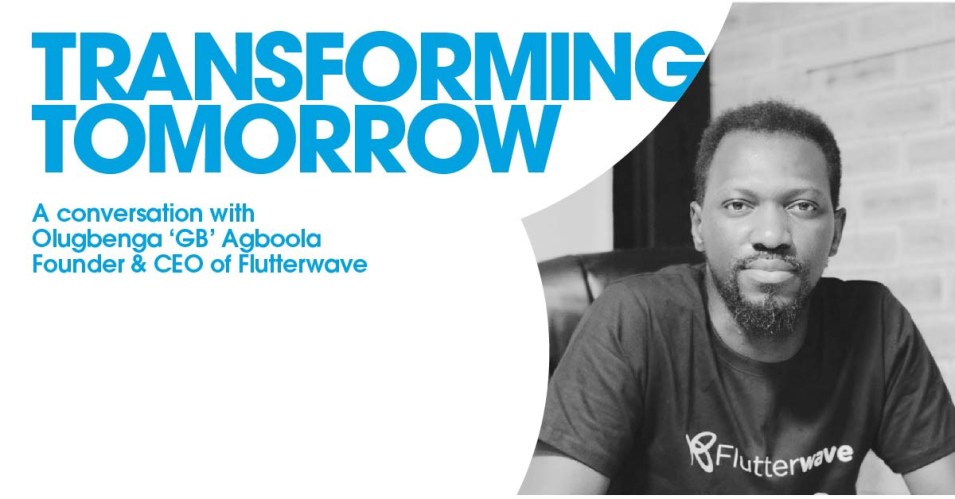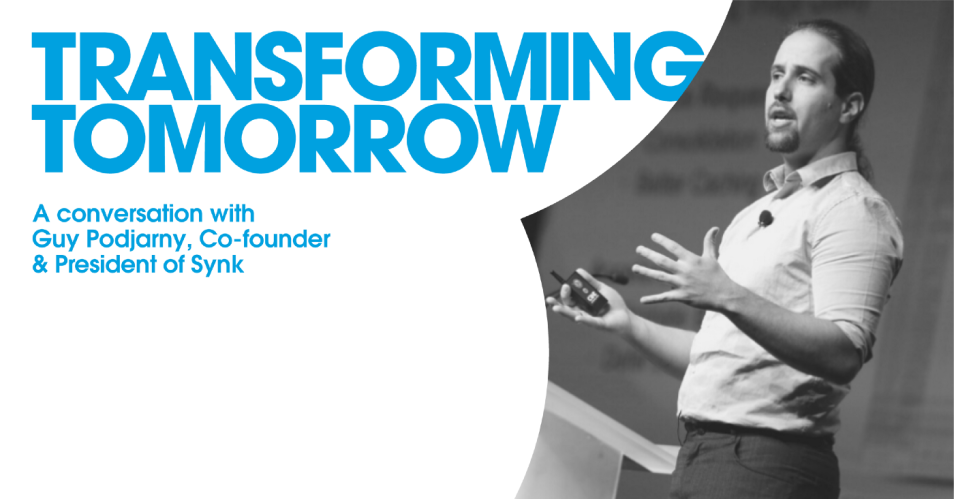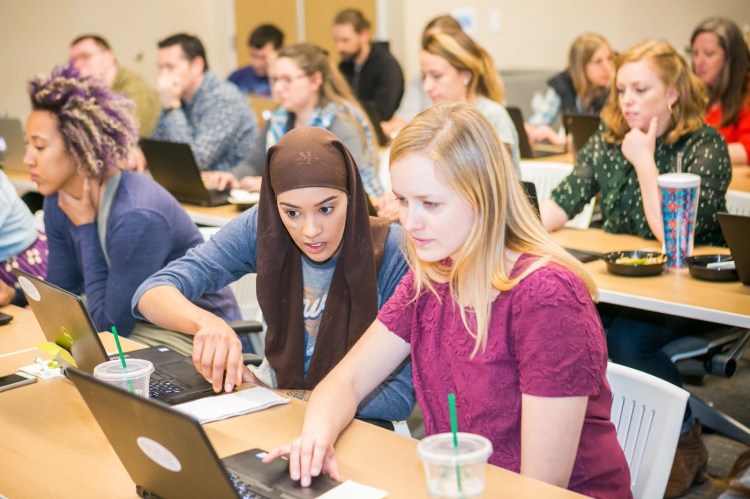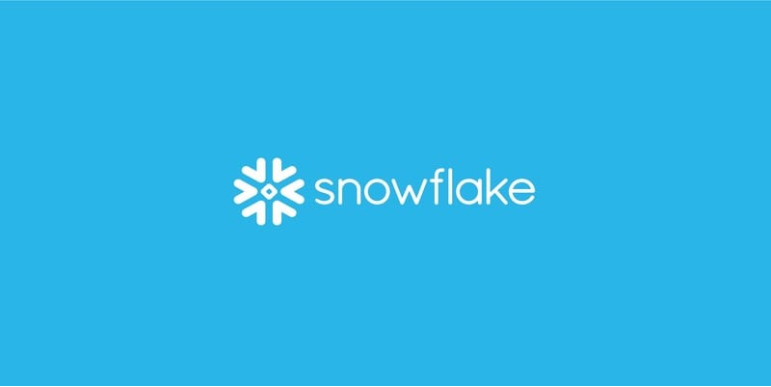Technology
The Coach is In.
How are you feeling right now? Burned out? Exhausted? Unmotivated? If you’re like millions of other adults around the world right now, you may also be feeling disconnected from your workplace, isolated from your peers, and adrift in your career.
We can certainly blame some of our negative feelings on the physical, economic, and emotional toll of the past year, but even in non-pandemic times, we crave meaningful connections with our colleagues, as well as aspirational-yet-achievable challenges and opportunities for improvement and growth. And as our work lives and our home lives become more intertwined, it is increasingly important that we derive a sense of belonging and purpose from our jobs — particularly for the up-and-coming generation of workers.
When we don’t feel great about ourselves or our work, our employers feel it, too. One study puts the annual cost of stress at $300 billion. Another says businesses lose up to $500 billion when their employees are “checked out.”
BetterUp wants to help. The BetterUp platform supports employees’ personal and professional growth through mobile-based coaching. It combines behavioral science, AI technology, and human interaction to support a person’s whole self, and provides interactive professional development content, analytics, and real-time insights to track employee progress.
Salesforce has worked with BetterUp for the past three years to help cultivate our future leaders. “As companies continue to work from home, the role of the manager has grown considerably. They’re no longer just responsible for work and productivity — they’re also keeping company culture alive and serving as a lifeline to employees as they navigate the challenges of remote work,” said Angela McKenna, Senior Vice President of Talent Experience at Salesforce. “Their partnership has been particularly important over the past year in supporting our managers during this time of tremendous change — and helping their teams thrive.”
After witnessing the transformative impact of BetterUp firsthand, we’re excited to share that Salesforce Ventures is enthusiastically investing in the company’s Series D, in partnership with ICONIQ Capital, Lightspeed Venture Partners, Threshold Ventures, and Sapphire Ventures, among others.
BetterUp has built the world’s largest coaching network; more than 2,000 BetterUp coaches serve the employees of more than 300 organizations, including Hilton, Chevron, and NASA.
Legacy consulting firms have offered in-person executive-level coaching services for some time, but a number of societal and tech trends have come together to make this the right time for a scalable, mobile-based approach and the democratization of coaching.
Employees are increasingly seeking purpose in their careers, and employers are tasked with finding ways to inspire their employees at work. Conversations around “growth mindset” have led to a broad acceptance of seeking help to learn new skills. Employees crave human engagement. There is a growing desire to receive feedback frequently. As video conferencing technology has improved and mobile adoption has become ubiquitous, accessing coaches virtually has become not only viable but even, in some cases, preferred. As the bar for setting up interactions has gone down, engagement has gone up.
The business case for providing employees — not just executives — with systematized coaching and mentorship is clear. According to a Gallup study this past fall, 64% of employees are not engaged or are actively disengaged at work. “Employee engagement is an even stronger predictor of performance during tough times,” said Jim Harter, PhD., a chief scientist at Gallup. His report concluded that business/work units that score in the top half on employee engagement double their odds of success compared with those that scored in the bottom half.
BetterUp has found similar results: A combination of coaching, counseling, and mental health support improves psychological and emotional health and leads to a 77% reduction in stress and a 35% decrease in burnout. The company says organizations that improved the most in resilience saw three times higher year-over-year revenue growth.
That’s why we’re excited to partner with BetterUp on their journey to drive transformational and lasting behavior change and inspire professionals everywhere to pursue their lives with greater clarity, purpose, and passion.
